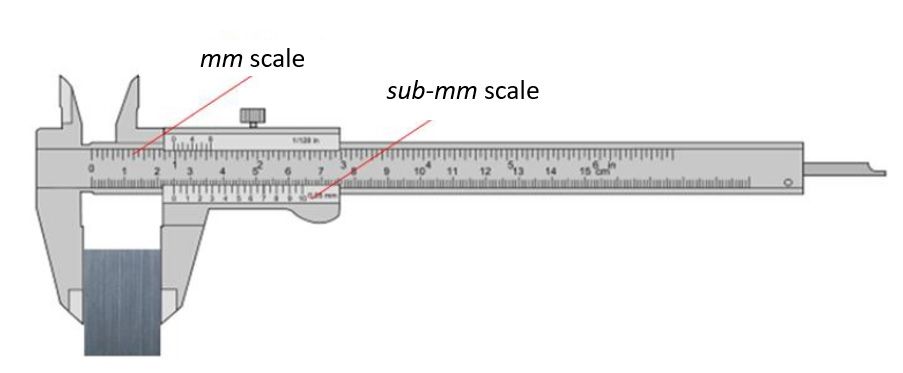How to correctly present a measurement result
When we do a measurement, for example a length measurement, it is not correct to only present the measured length.

When we do a measurement, for example a length measurement, it is not correct to only present the measured length, for example 5mm. Very often, we think that by adding intervals on the measured length, that is (5±0.1)mm, will make the measurement result presentation complete. This result presentation is not enough.
The complete presentation of a measurement result (for all types of measurements, for example length, temperature, current, time and pressure measurements) should have at least this information:
· The measurement result y in the format of y=x±U, where x is the measured value and U is the expanded uncertainty of the measured value
· The explanations of the U value, such as the confidence interval and the assumption of its statistical distribution
· The explanations of how U is determined, such as how many repetitions of measurements, what methods used to estimate the U, where the measurement is performed, who the operator is and what the contributors of U are.

For example, we perform a length measurement by using a vernier calliper. Then, to completely present the measurement results, we must report the results as:
· The length of the block is (2.4±0.5)mm
· The interval 0.5mm is the expanded uncertainty with 95 confidence interval assuming a normal distribution (k=2)
· The length 2.4mm is an average value from five measurement repetitions. The expanded uncertainty is estimated by using a spreadsheet method. The measurement was performed in a temperature-controlled room at (20±0.5)∘C and by a trained operator. The uncertainty contributors are repeatability, reproducibility, temperature variation and calibration uncertainty.
We sell tutorials (containing PDF files, MATLAB scripts and CAD files) about 3D tolerance stack-up analysis based on statistical method (Monte-Carlo/MC Simulation).